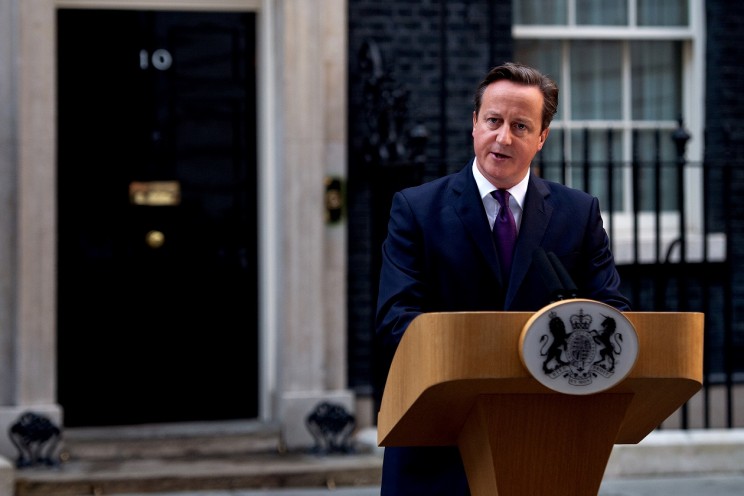After the Scottish Independence Referendum, the journalist Cathy Newman wrote of the irony that Cameron – the man with the much reported ‘problem’ with women – in part owes his job to the female electorate in Scotland. As John Curtice’s post-referendum analysis points out, women seemed more reluctant than men to vote ‘yes’ due to relatively greater pessimism of the economic consequences of a yes vote.
The Scottish vote should remind Cameron and the Conservative strategists who advise him of a very clear message: ignore women voters at your peril.
For several decades after UK women won the right to vote, Conservatives could rely on women’s votes and the gender gap in voting was consistently in double figures. However in recent decades this gap has diminished, particularly amongst younger women and party competition to mobilize female voters has become more important. Of course women voters have many diverse interests but understanding the concerns of different groups of women voters is crucial as female voters often make their decisions on voting closer to the election.
So what does Cameron need to do to firmly secure women’s votes at the general election? We argue the Conservative Party needs to make sure it represents women descriptively, substantively, and symbolically. On all three counts we see problems with Cameron’s strategy to win women’s votes.
Pre-election rhetoric and pledges to feminise the party through women’s descriptive representation have not been matched with clear and tangible outcomes. Cameron tried to increase the number of women MPs but still the share of women in the Conservative Party in the House of Commons is just 16%. As the latest Sex and Power Report highlights this looks unlikely to increase significantly in GE2015 as so few women have been selected to stand in safe Conservative seats despite the campaigning and support work undertaken by Women2Win.

Even where Cameron has strong power and autonomy to improve women’s presence – by fulfilling his pledge that one-third of his government would be women by the end of parliament – he has managed just 22%. Last July’s reshuffle did not erase the impression that women are not included at Cameron’s top table.
Without enough women representatives in Parliament and in Government to advise on policy proposals in development, there have been many problematic policy initiatives, such as the disastrous proposal to raise child care ratios. The Government’s approach to addressing public debt through austerity has been detrimental to women by reducing incomes, public services, and jobs, the effects of which even female Conservative supporters are more likely to express concerns about.
Cameron’s Conservatives in government also do not have the institutional capacity to get policies right for women. There are still not enough women in strategically significant places. For example in the Coalition Quad of Cameron, Osborne, Clegg, and Alexander control policy making. The gender equality machinery set up by the last government to monitor and address gender inequality in a strategic and long-term way has been stripped out. Even at the emergency post-referendum meeting at Chequers to discuss the UK’s constitutional future there was just one woman at the table.
Although the gender gap in voting, which currently favours Labour, is likely to narrow as the election approaches, the Conservatives have, we argue, inflicted significant psephological damage on themselves in their strategies to attract women’s votes: by not promoting women into politics, by not protecting women from austerity, and by stripping out the governmental institutions which give voice to women and promote gender equality.
Cameron’s political face may have been saved by Scottish women last month but for the reasons outlined in this blog post, we suggest that in the critical contestation for women’s votes at the 2015 general election there are long standing weaknesses in the Conservative Party’s strategy for mobilising women’s votes and restoring the Party’s historical dominance among women voters.
The post Can Cameron capture women’s votes? appeared first on OUPblog.


